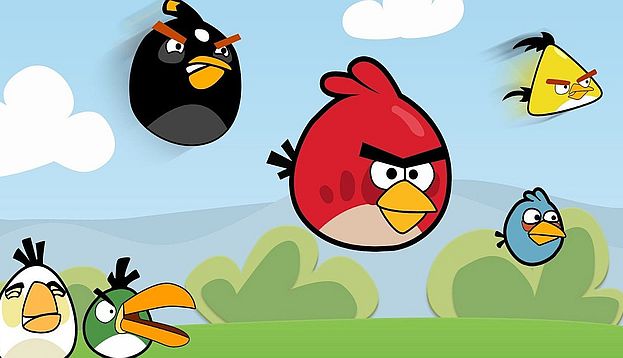Rovio has become a big company over the past few years with its immensely popular Angry Birds line of games. However, there are certain challenges that come with that brand, as indicated by our earlier interview. One of those challenges involves advertising other games that have nothing to do with Angry Birds – independent games that require a different form of advertising.
This challenge has fallen into the lap of new VP of user acquisition and engagement, Eric Seufert. With such an oversaturated marketplace (1.4 million apps and counting), there’s certainly a lot to overcome.
Seufert recently had a chance to sit down with Chartboost to talk about strategy behind advertising these games, and here are some of the highlights:
First, he talked about how user acquisition plays a big part in mobile again. “In my opinion, the app economy is the most competitive marketplace that’s ever existed. The barrier to enter into that marketplace is extremely low. And because the potential rewards for being a popular app are high, people are spending lots and lots of money to market their app. For example, Supercell reportedly spent something like $440 million last year on marketing. Not all of that was on performance UA, but a huge chunk of it was.”
He continued, “There’s also a lot of science behind this now, and there’s no opportunity to get your app seen unless you market your app intelligently. Now you have these awesome analytic frameworks that allow you to capture data and target your user very precisely. You’d be remiss in not spending money on marketing when you know that you have the analytics support to know how your game can be profitable.
From there, Seufert talked about how smaller developers can take advantage of the App Store. “I think it’s more of a mentality,” he said. “I hear people say, ‘I don’t have a marketing budget,’ but that to me is insane because developing a premium app requires gathering data before you actually launch it. I think it’s wrong-headed to think about UA money as ‘marketing budget’ – especially for a soft launch. That’s what’s needed to develop your app. It’s got to be a basic step in your development budget forecast. But then I think people say, ‘Well, I don’t know how much to spend’ or ‘I’ll just put the app out.’
“App stores are not designed to spread people’s attention equally around every single app that’s submitted. They’re designed to be winner-takes-all,” he continued. “So when apps from small or new developers rely on all organic or non-advertising driven downloads, (they’re ignoring) the fundamental structure of app stores.”
And apparently, companies don’t need mega-bucks to put together an advertising budget – just something modest. “I think you can do it on $5,000 to $10,000 – it doesn’t have to be $100,000,” said Seufert. “You can gather a decent amount of data for $5,000, especially if you have a sense of the core demographic that you should be targeting. And when you think about the overall development budget of the game, to not gather critical feedback about how the players use your app is silly. This isn’t just for the sake of trying to figure out what the LTV is, this is for seeing how the first-time user experience looks and for seeing where the choke points are.”
Finally, Seufert touched on the future of mobile gaming. “Well, for one, mobile games are definitely getting more beautiful. All the people that worked on the huge AAA games for console are now being exposed to mobile games, so we’re just seeing really, really cool games come out on mobile that rival the graphical fidelity of console games.
“In general, mobile games are getting a lot more connected and definitely more social. It’s exciting to see this social phenomenon that people experience on console when they play multiplayer Xbox or have friends over to play video games happening on mobile. As people become more social in their mobile game play, developers will make more engaging experiences — allowing them to earn more money and build even bigger games.”
The full interview can be found here.

